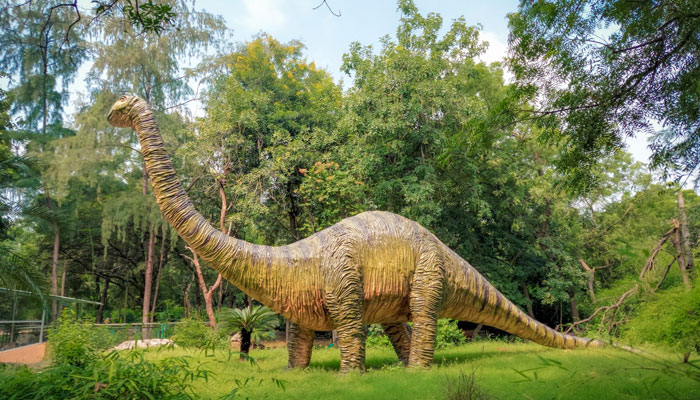
A dinosaur belonging to the family of hadrosaur that lived over 82 million years ago has been found in Mississippi, United States by paleontologists.
Hadrosaur are a family of duck-billed, herbivorous dinosaurs and includes at least 61 identified species out of hundreds more which once roamed the Earth.
Portions of the spinal vertebrae, forearm, feet and pelvic bones of this specimen have been unearthed by the researchers. However, from its location near Booneville in northeast Mississippi, extracting the rest of the fossil has proven challenging.
“This thing sat for a while because we didn’t have anybody to work on it,” said James Starnes, an official with the state’s geology office, reported Earth.
The specific species of this hadrosaur fossil remained unidentified for nearly two decades. As of now, a 3D method of forensic analysis called geometric morphometrics is being used by the researchers to solve the mystery before the fossil is fully unearthed.
The hadrosaur’s remains are being analysed by Derek Hoffman, a geology graduate student at the University of Southern Mississippi (USM), with this method.
“What geometric morphometrics does is it takes a shape-analysis approach,” he explained.
Key features or “landmarks” for a given bone sample are determined by this method. Moreover, via complex statistical models to identify differences and similarities with known bones, it also compares their distances and ratios.



